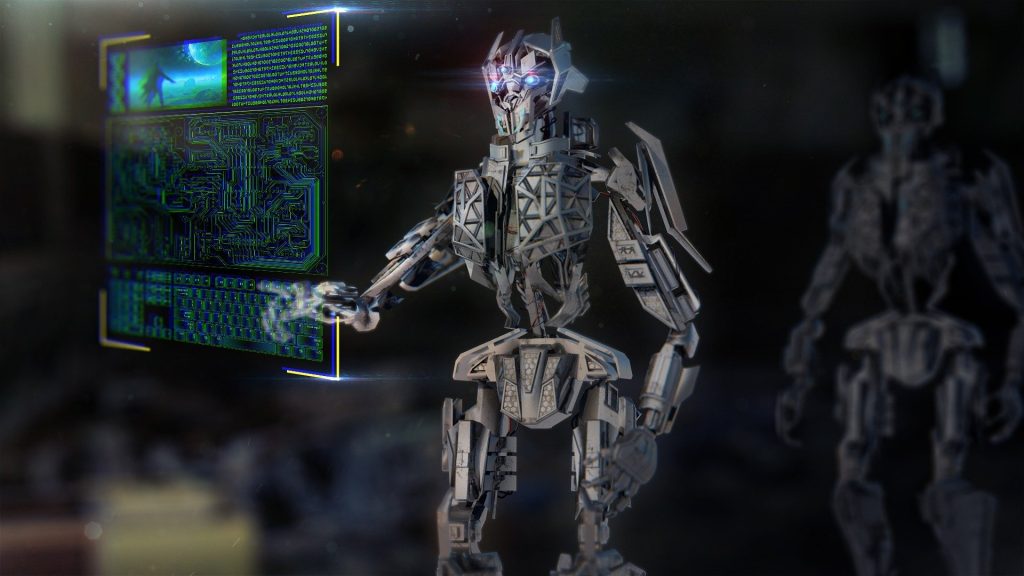In the bustling streets of New York City’s Times Square, a new era of artificial intelligence (AI) in marketing is taking center stage. A British tech startup called Hypervsn has set up a life-size holographic display in a health supplement store, featuring a virtual humanoid avatar with vibrant pink hair, interacting with passersby.
Further down the street, the renowned Swedish fast-fashion brand H&M has introduced an immersive shopping experience in their flagship store. Shoppers can try on merchandise in a room surrounded by mirrors that project virtual environments, encouraging them to create social media content while shopping.
Recently, H&M made headlines by creating digital replicas of 30 real-life models using “digital twin” technology. This innovative move sparked a global discussion about the ethical implications of using AI-generated replicas of real individuals, particularly in industries like fashion.
So, what exactly are digital twins? In New York’s bustling AI startup scene, digital twins are seen as a way to clone human bodies and personalities, allowing individuals to exist in a virtual space while their avatars handle daily tasks. However, questions about compensation, ownership, and identity rights have arisen with the rise of digital twins.
The emergence of digital twins has led to the development of new ethical frameworks, with companies like HourOne, Synthesia, and Soul Machines competing in this space. These companies offer digital twins for various applications, from fashion modeling to corporate training, raising significant ethical challenges, especially regarding ownership and compensation.
For workers in image-based industries like modeling and photography, the rise of digital twins signifies a shift in how labor and compensation are structured. This change has led to what scholars refer to as a “jackpot economy,” where intellectual property becomes a prized commodity for a select few, while others face increased precarity.
The representation of race, sexuality, and gender in virtual spaces is a crucial aspect to consider with the advent of digital twins. While digital twins based on real humans may offer more authentic representation compared to fully synthetic avatars, there are concerns about reinforcing existing inequalities in visibility and compensation.
As we marvel at the capabilities of AI and digital twins, it’s essential to not overlook the economic structures that govern work cultures and labor norms. Ensuring fair compensation and equitable access to new forms of labor, such as digital twinning, is crucial in the evolving landscape of technology and creativity. It is time to shift the conversation towards developing regulatory frameworks that guarantee fair compensation for workers in creative industries, and not just focus on the technological advancements brought by AI.



